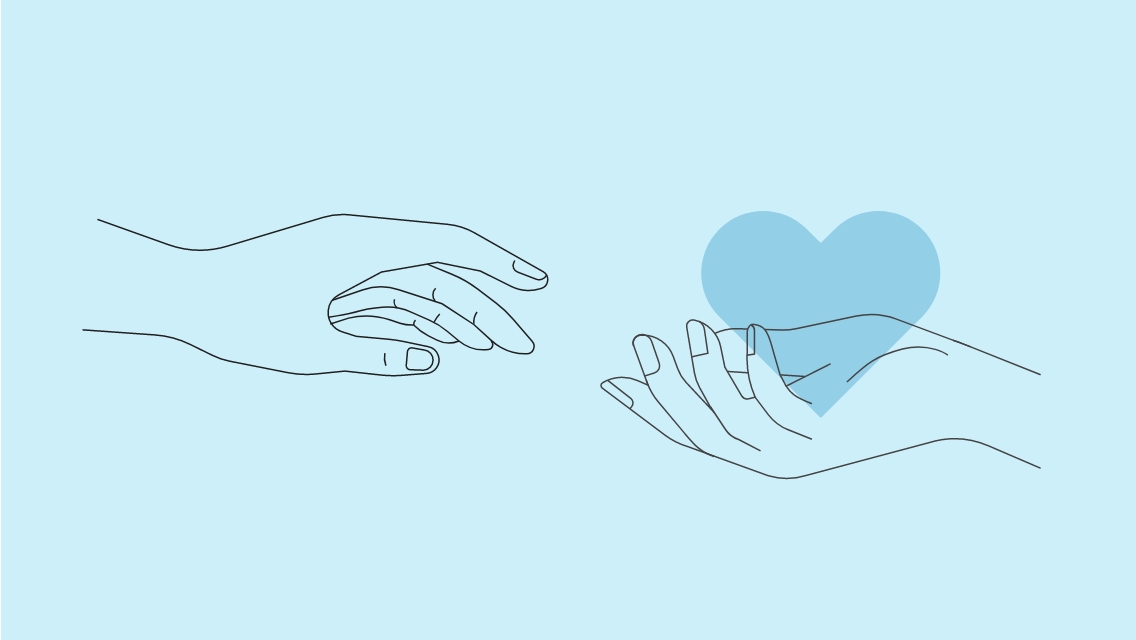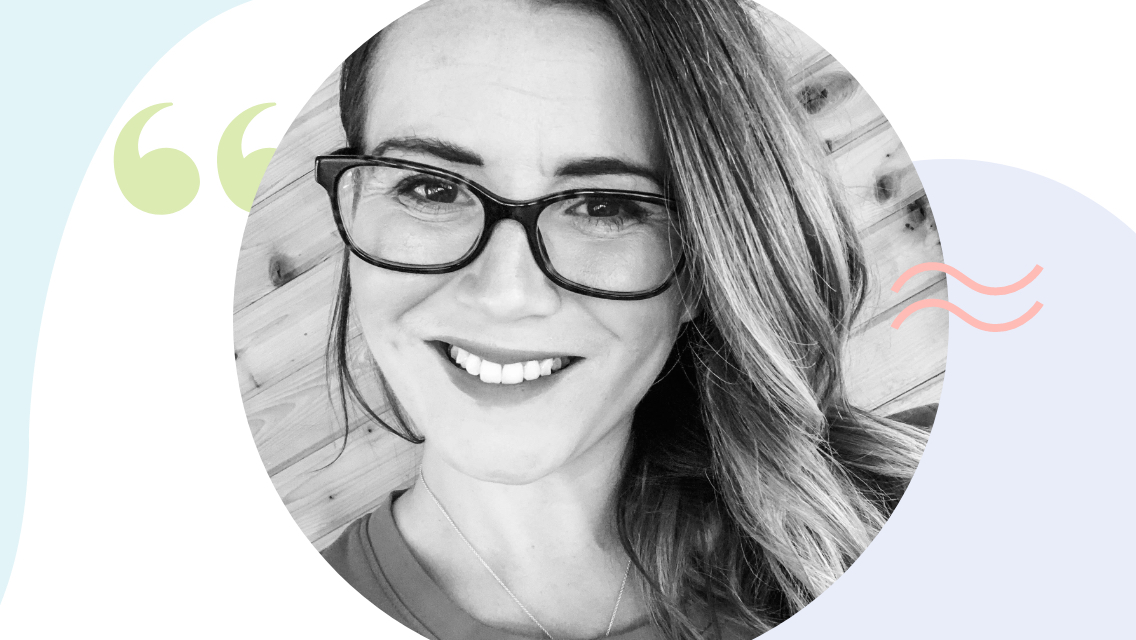World Mental Health Day takes place each year on October 10, and it’s an important opportunity to draw attention to what’s often an invisible health issue. This year’s theme — “Mental Health in an Unequal World” — is a reminder that a majority of the world’s population doesn’t have access to mental-health resources.
The World Federation for Mental Health chose the theme for 2021 because, according to their website, “the world is becoming increasingly polarized, with the very wealthy becoming wealthier, and the number of people living in poverty still far too high. 2020 highlighted inequalities due to race and ethnicity, sexual orientation and gender identity, and the lack of respect for human rights in many countries, including mental health conditions. Such inequalities have an impact on people’s mental health.”
In the United States, one in five Americans lives with a mental-health challenge. Anxiety affects more than 40 million adults ages 18 and older, making it the most common mental illness, while depression is the primary cause of disability for individuals ages 15 to 44. And over the past two decades, suicide has become a leading cause of death.
Historically, access to mental-health resources has largely been predicted by race, income, and zip code. According to the Center for Health Progress, social determinants of health have a bigger impact on health than behavior, medical care, or even genetics.
“Mental-health issues don’t discriminate,” says David Pettrone Swalve, senior vice president of workforce learning and inclusion at Life Time. “They impact every human being out there.”
At the same time, says Pettrone Swalve, certain groups are more vulnerable. People of color, the disabled, veterans, and the LGBTQIA+ community, for example, experience more social injustices and frequently don’t have access to mental-health resources. Add in the stigma surrounding mental health and these underserved communities may not seek help even if services are available.
The Silver Lining of 2020
Brie Vortherms, MA, LMFT, director of Life Time Mind, Life Time’s internal performance coaching program, says that while the pandemic has taken a huge toll on just about everyone, it has started to move the needle by making people more receptive to the idea of talking about mental health. They’re also more inclined to seek appropriate services.
“There’s been a large de-stigmatization,” says Vortherms, “and it’s led to resources that have increased affordability and access. People can use online apps and services for $30 a month instead of having to travel to see a therapist and shelling out $130 a session for private pay.”
“The silver lining of 2020 is that more people are talking about mental health,” agrees Chris Brown, co-chair of Life Time’s National Community Relations Committee. “We wouldn’t even have had this conversation seven or eight years ago. The pandemic, the current political climate, and the social-justice movements taking place have brought a lot of things to the surface.”
Vortherms cites resources like Therapy for Black Girls, which pairs Black women and girls with culturally competent therapists, and Youper, which offers online medical visits, medication delivery and therapy exercises for just $4.95 a week. Another online resource, Talk Space, even takes insurance, connecting individuals, couples, and teens with licensed therapists across all 50 states and Canada.
Awareness and the creation of new resources are steps in the right direction, but to see meaningful progress, we need true, systemic change, says Pettrone Swalve. Even here in North America, for example, there is a socio-economic divide that more online services — even if they are more affordable — just won’t bridge, he explains.
“We spend a lot of time talking about the pain of mental health,” says Pettrone Swalve. “I’d love to have more conversations about creating practical solutions and the benefits of those solutions.
The World Health Organization believes there is cause for optimism. According to the organization’s website, governments from around the world recognize the need to make mental-health care accessible to all, and countries around the globe are testing out new ways to scale up mental-health services (though these initiatives are still in their infancy).
While there’s still much work to be done, there are things each of us can do to prioritize our mental well-being — and support others, too. The following suggestions offer a starting point.
How to Help Yourself
- Find out what resources are available. Ask your employer if there are any mental-health benefits available through work. Call your health insurance and ask for a list of mental-health providers in your network.
- Keep looking until you find a match. Finding a good therapist is a lot like dating. If you’re not feeling a connection, continue your search. Use therapist directories like those on Psychology Today or Good Therapy to find the right fit.
- Experiment with different types of therapy. There are other kinds of therapy to explore besides talk therapy. Some of the lesser-known but clinically proven options are eye movement desensitization and reprocessing (EMDR), emotional freedom technique (EFT), and cognitive behavioral therapy (CBT).
- Take advantage of free, online resources. There are a variety of resources available at no cost. One of Vortherms favorites is the YouTube page of Michael Seeley, a hypnotherapist who offers guided hypnotherapy sessions on everything from headaches and insomnia to anxiety and pain relief. (Vortherms offers more ideas for calming the nervous system in this Life Time Talks podcast about anxiety.)
- Keep a gratitude journal. Research shows that a grateful disposition positively affects mental and physical health. Practice cultivating true gratitude through journaling, letter writing, or simply by reflecting on the things you are grateful for at the end of the day.
- Practice healthy habits. There is ample research supporting the connection between lifestyle habits and mood. You can support your mental health by making it a habit to move your body daily, nourish yourself with healthy foods, get adequate sleep, find ways to manage stress, and cultivate meaningful social connections.
How to Support Others
- Remember that suffering isn’t always visible. People that appear to be doing OK might be struggling inside. If their suffering does manifest externally, it might present as irritability. Cultivate compassion for the co-worker in a bad mood or the person who cuts you in line and make a point of checking in with the loved ones in your life.
- Lead by example. Having the courage to talk openly about your own mental health creates an environment where other people will feel more comfortable opening up when they need help. When you mention in casual conversation that you see a therapist or are honest when people ask you how you’re doing, it paves the way for others to do the same.
- Be sincere when you check in with people. When you ask someone how they’re doing, make it clear that you really want to know the answer. If someone’s answer feels perfunctory, follow up with “How are you really?” or “Is there anything else you’d like to share?”
- Practice supportive listening. When people are sharing something important to them, practice listening with empathy. All that means, says Vortherms, is listening for how people are feeling and mirroring it back to them with a sound or gesture to let them know you heard and understand them — even if you don’t agree.
- Address racialized trauma. In his book My Grandmother’s Hands, New York Times best-selling author and therapist Resmaa Menakem says that to heal racialized trauma in society we first must start with ourselves. Menakem explains that the origins of violence against Black bodies in the present day date back to white-on-white violence in medieval Europe, and that the latest research in epigenetics shows that memories of trauma are passed from a mother to her children for up to 14 generations. In other words, all bodies have racialized trauma that needs to be metabolized, says Menakem. His book offers simple exercises people can do at home to begin to heal themselves and our society.
Mental Health and Life Time
At Life Time, we positively impact the mental health of the communities we serve by empowering people to live a healthy way of life. “Mental health is and always has been important to Life Time,” says Pettrone Swalve. “It’s embedded in our mission.”
As mental-health resources go — especially free ones — few are more powerful than exercise. The relationship between physical activity and mental-health markers such as depression, anxiety, self-esteem, and cognitive function are well-documented says Anika Christ, RD, CPT, director of client optimization at Life Time. Put simply, exercise is “the best drug on the planet.”
Beyond movement, Life Time also addresses the various factors that influence a healthy lifestyle, including recovery, stress management and adequate sleep, mood and energy, and strong social connections.
“Our approach is naturally and intentionally focused on creating safe spaces for communities to grow,” says Pettrone Swalve. “Research shows that when you’re able to interact with others who are concerned about and invested in your well-being, your own confidence and self-value goes up.”
The healthy way of life is an ever-expanding, ever-evolving definition, says Pettrone Swalve, and it will continue to expand and change as our members come to us seeking new services and programs that support their healthy-living journeys.




